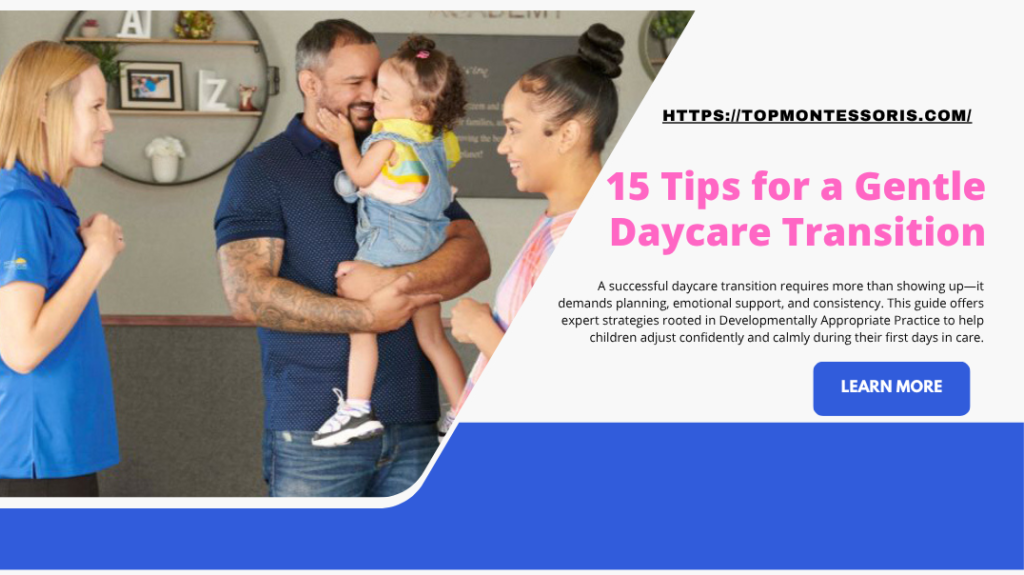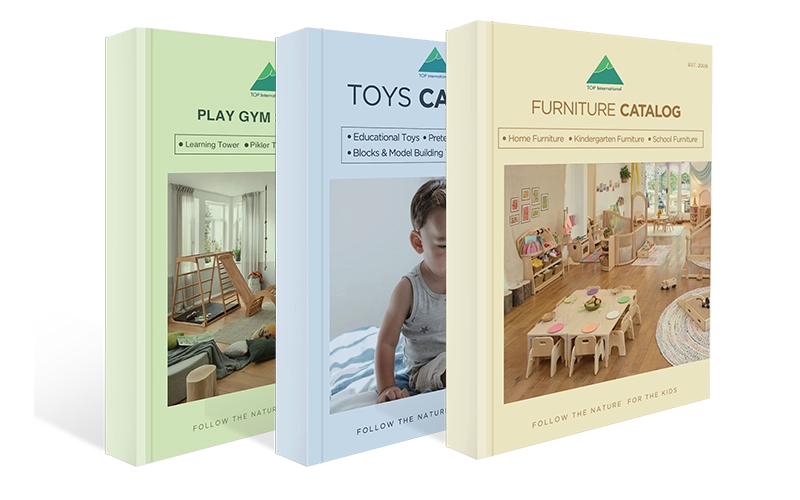Are you worried your child might cry during their first Daycare Transition? Do you wonder how long a daycare transition usually takes, or whether your child will adjust smoothly? Are you unsure how to emotionally prepare for the daycare transition ahead? Can a daycare transition be done gently and without added stress?
A gentle daycare transition is not only possible, it’s beneficial. With the right approach, your child gains emotional security, confidence, and trust in new caregivers. It helps them develop independence, improve social skills, and adjust to new environments more easily. Starting daycare with a well-planned, nurturing transition reduces anxiety—for both children and parents.
In this post, I’ll share 15 practical, experience-backed tips to help you support your child through a calm and positive daycare transition. Let’s dive in and make the journey smoother together.
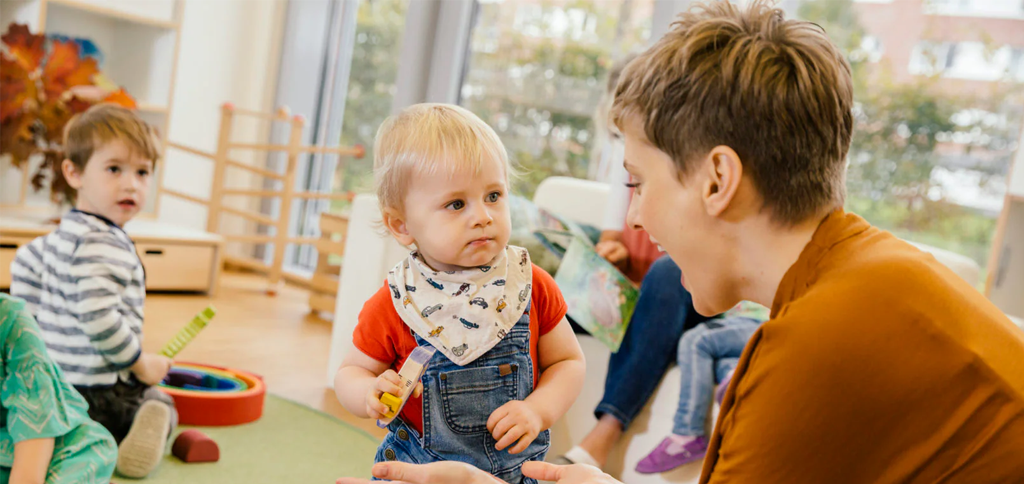
What is the First Day of Daycare Transition?
The first day of daycare transition is one of the most emotionally charged and developmentally essential milestones in a young child’s early years. It marks the beginning of separation from parents or primary caregivers, exposure to a structured environment, and interaction with unfamiliar adults and peers. For many families, this first day is filled with a mix of hope, anxiety, and questions. What should a child expect? What should parents do? And most importantly—how can we ensure that the experience is positive and aligns with Developmentally Appropriate Practice?
From a child development perspective, the first day of daycare is not simply a logistical change—it’s an emotional and cognitive leap. Young children thrive on routine, familiarity, and attachment. Suddenly being placed in a new environment with new caregivers challenges those foundational comforts. That’s why a slow and supportive transition, built on Developmentally Appropriate Practice, is critical.
Practically speaking, the first day often includes a shortened schedule. Rather than a full day, many programs encourage parents to stay for a short time or allow the child to stay for only a few hours. This staggered approach helps children build trust with new adults, become familiar with the classroom layout, and gradually learn the new routine without feeling overwhelmed.
Moreover, the benefits extend well beyond the emotional realm. A well-supported first day, guided by Developmentally Appropriate Practice, supports the development of self-regulation, language, and early executive functioning. It also gives parents the reassurance they need to trust the daycare environment and maintain a strong home-school connection.
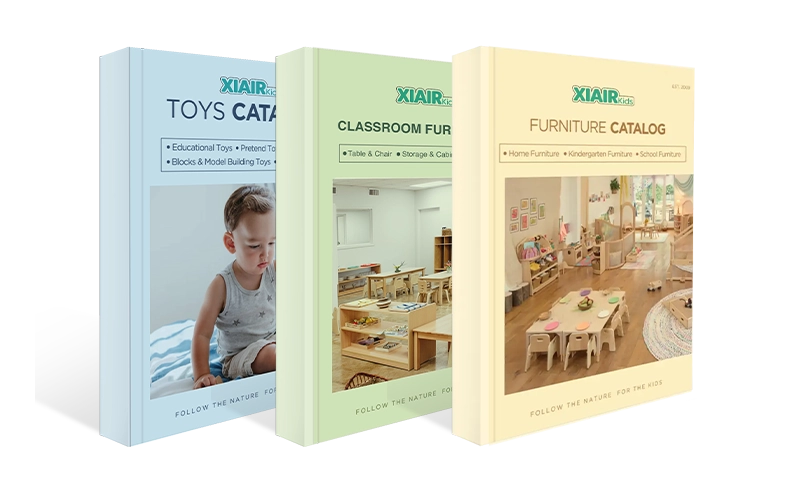
Receive a free catalog and custom layout to help you design your ideal classroom easily.
Why is Daycare Transition Important?
A well-planned daycare transition isn’t just a nice-to-have—it’s essential for a child’s emotional stability, cognitive growth, and overall adjustment to early childhood education. Many parents assume children will “just get used to it” over time. While that might eventually be true, a thoughtful transition process makes that adjustment faster, smoother, and less stressful for everyone involved.
How we introduce children to daycare plays a key role in shaping their attitudes toward learning, social interactions, and trust in adults outside the family. Below, I’ll explore the key reasons why daycare transition matters so much—not only for the child, but for the entire ecosystem around them.
Builds Emotional Security and Trust
Children feel safest when they understand what to expect and who they can count on. A structured daycare transition allows children to gradually become familiar with the new setting, routines, and caregivers.
- Helps children form secure attachments with daycare staff
- Reduces crying, tantrums, and anxiety during drop-offs
- Gives children the confidence to explore and engage independently
- Lays the foundation for positive future school experiences
When a child feels emotionally secure, they are far more open to learning, playing, and forming relationships with peers.
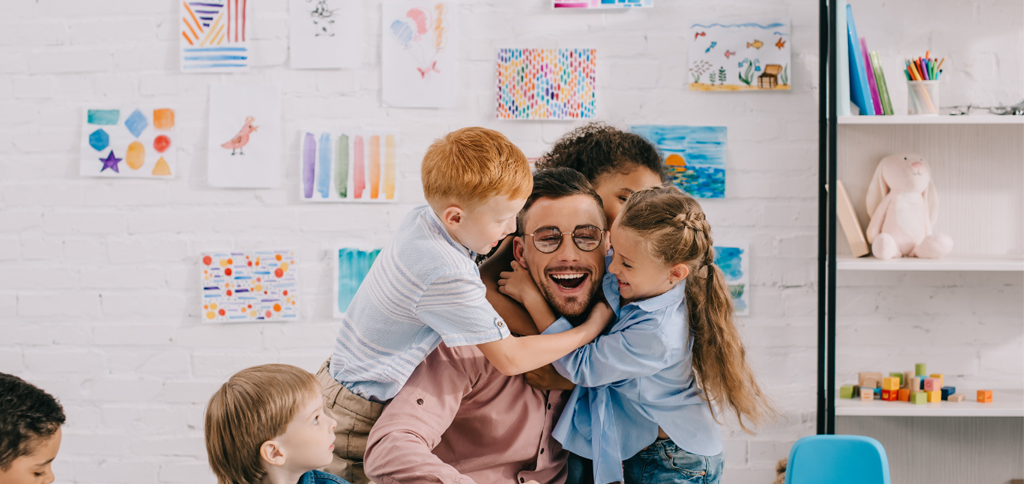
Supports Cognitive and Social Development
Transitions done right don’t just ease emotional discomfort—they actively support brain development. Daycare offers a rich environment full of language, play-based learning, and social interactions.
- Children begin developing critical social-emotional skills like sharing, empathy, and turn-taking
- Exposure to structured routines supports executive function and memory
- Consistent daily interaction boosts language acquisition
- Opportunities for guided problem-solving promote independence
A smooth daycare transition ensures children are mentally present and receptive to these learning experiences from day one.
Encourages Family Involvement and Communication
Another overlooked benefit of a planned daycare transition is the strengthened relationship between parents and caregivers. Parents often feel anxious or even guilty during the first few weeks. A clear transition plan helps to ease that emotional burden.
- Builds trust between family and daycare staff
- Encourages open communication about the child’s development
- Helps align home and school values, routines, and expectations
- Empowers parents to support the transition from their end
This level of collaboration is crucial for long-term consistency in a child’s learning environment.

Minimizes Behavioral Challenges Later On
Many behavioral problems seen in daycare or preschool environments stem from poor initial adjustment. Without a proper daycare transition, children may feel overwhelmed, unsafe, or resistant to adult authority.
- Early tantrums and withdrawal may become persistent
- Children may develop a negative association with daycare or school
- Challenging behaviors can disrupt classroom learning
- It may delay the development of emotional regulation skills
By easing children into the new routine and environment gradually, these potential issues can often be avoided entirely.
15 Tips for a Gentle Daycare Transition
Starting daycare can be a significant emotional and developmental shift for both children and parents. A gentle daycare transition strategy—rooted in empathy and preparation—can reduce anxiety, build trust, and support your child’s adjustment in the best way possible. Let’s explore several practical, effective tips in detail.
Visit your new center with your child
Don’t wait until the first day to show your child where they’ll be spending their time. Familiarity breeds comfort, especially for young children who thrive on predictability.
If possible, schedule two or three short visits before the official start date. Allow your child to walk around the room, meet the caregivers, and explore the toys and materials. These repeated visits help your child form early emotional associations with the environment, making it feel less intimidating when the first full day arrives.
Let your child set the pace. Don’t pressure them to play right away or engage with the teachers. Some children might jump in immediately, while others may prefer to observe quietly. Both are valid responses. The goal of this early exposure is emotional safety—not speed of adaptation.
Talk about childcare with your child
Children benefit from simple, warm communication about what they’re about to experience. Talking positively about daycare helps set expectations and creates a sense of excitement instead of fear.
Use language that matches your child’s age and developmental level. For example: “You’re going to play with other kids,” or “There will be toys, books, and a nice teacher.” Keep the message consistent, short, and encouraging.
Reading books together about starting school or going to daycare can also be very effective. Picture books like Llama Llama Misses Mama o Maisy Goes to Preschool allow children to visualize and emotionally rehearse this big step. It’s a gentle, low-pressure way to introduce the concept of daycare transition.
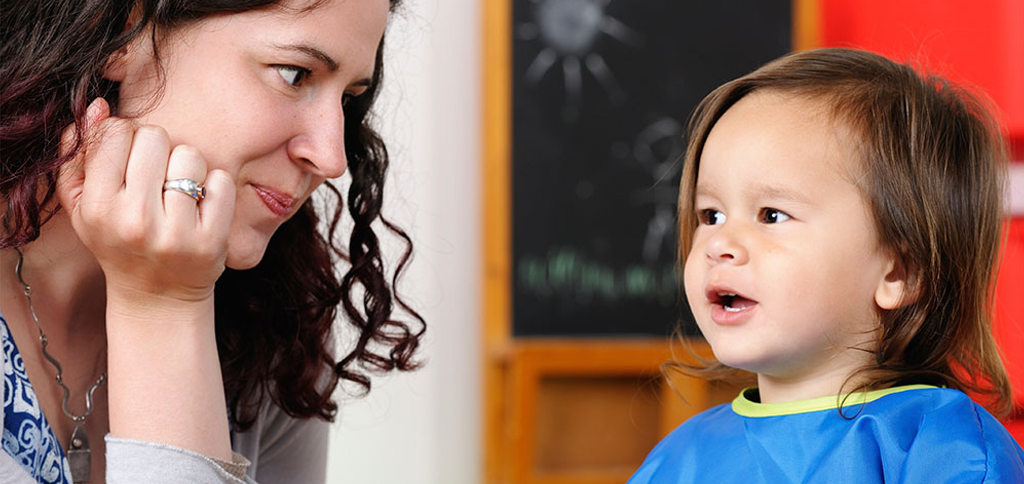
Practice experiences outside the home
For many children, the challenge of daycare isn’t the environment—it’s the act of separation from a parent. Practicing short separations ahead of time can help ease that anxiety.
Leave your child with a familiar caregiver, such as a grandparent or trusted babysitter, for brief periods. Start with 30 minutes and work your way up to a few hours. This helps your child internalize the idea that parents leave—but always come back. That trust is essential for a smooth daycare transition.
Also consider attending group playdates or library storytimes. Being in group environments with unfamiliar children and adults prepares your child for daycare-like dynamics, including turn-taking, listening to adults, and following group routines.
Ensure your child has proper supplies
Being prepared with the right supplies makes a child feel safe and cared for in a new environment. Familiar objects from home offer emotional comfort and help ease anxiety during transitions.
Pack a favorite soft toy or blanket for naps, and include at least two changes of clothing—accidents happen every day. Choose a backpack that your child can manage independently to support self-confidence. Label everything clearly to avoid mix-ups, which can cause additional stress during the early days.
Having personal items close at hand—especially those that smell or feel like home—can make a surprising emotional difference during the first few weeks.
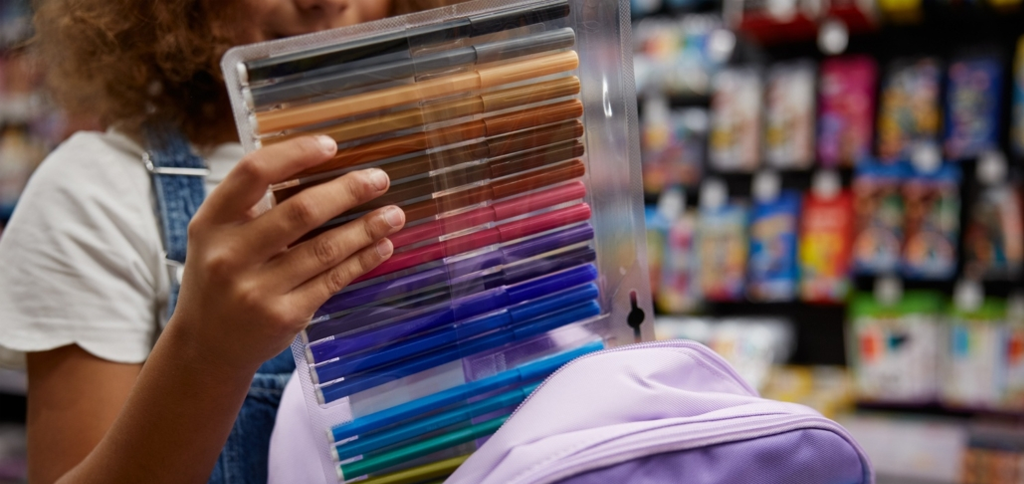
Consistency is key
Routine is a child’s best friend. When adults are consistent, children feel safe and confident. Predictability reduces anxiety and helps them adjust more quickly.
Develop a goodbye ritual that’s short, predictable, and loving. A simple hug, kiss, and wave at the classroom door can provide the structure and closure your child needs to move forward calmly.
Stick to the same drop-off and pick-up times each day whenever possible. A steady schedule helps children anticipate the structure of their day and supports their internal rhythm.
It’s also essential to communicate with caregivers regularly during the transition period. Ask them how your child is adjusting, what activities they enjoy, and whether they need extra support. These insights help reinforce the routine at home and build a strong relationship between family and staff.
Take care of yourself, too
Let’s not forget that the daycare transition impacts parents just as much as children. Many parents experience sadness, guilt, or anxiety when they first leave their child at daycare. These feelings are normal—and completely valid.
Acknowledging your own emotions is the first step. Suppressing them only adds pressure. Talk about how you’re feeling with a spouse, friend, or fellow parent. Sometimes, hearing someone say “I felt that way too” is exactly the comfort you need.
Lean into your support system. Connect with other families at the center or join online parenting groups. The shared experience of navigating daycare transitions builds community, reduces isolation, and reminds you that you’re not alone.

Receive a free catalog and custom layout to help you design your ideal classroom easily.
Transition gradually
The most effective transitions are not rushed. Children benefit significantly when the process is broken down over a series of days or even weeks. A gradual introduction allows time for trust-building, routine development, and emotional processing.
Start by visiting the daycare together for short periods. In the beginning, your child might only stay for 30–60 minutes. Then increase the time spent in care over a few visits. This type of staggered entry prevents overwhelming the child with too much, too soon.
Speak to the daycare staff ahead of time to coordinate this phased start. A center that supports Developmentally Appropriate Practice will usually accommodate this request. They understand that children vary in their ability to adjust, and that slow, stable transitions reduce emotional strain and long-term behavioral issues.
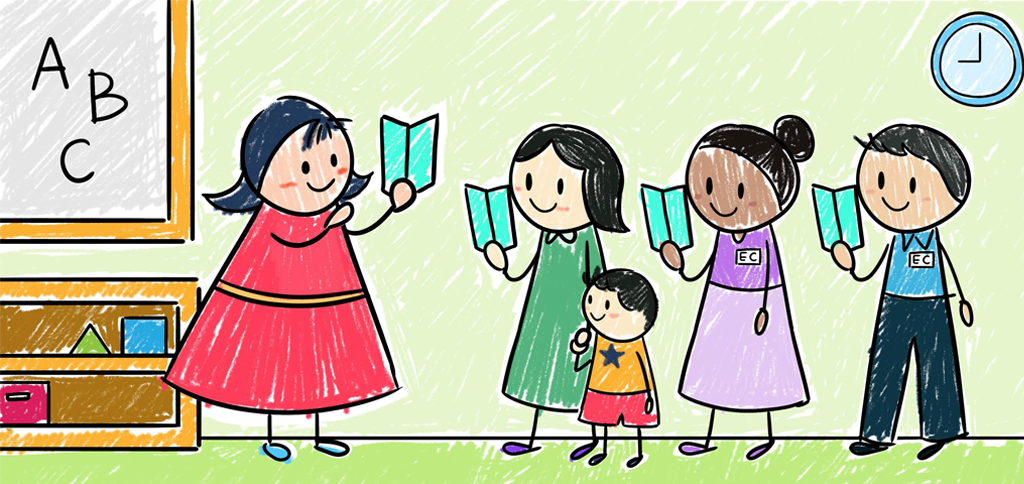
Adjust your schedule at home
Preparing your child for daycare doesn’t start at the front door of the center—it begins at home. A couple of weeks before the official start date, begin syncing your child’s routine to match the daycare schedule.
Wake your child at the time you plan to wake them for daycare. Begin meals, naps, and bedtime closer to what they will experience in their new setting. Predictability helps children feel secure, and mirroring the daycare rhythm allows for a much smoother adjustment.
This approach is particularly important for toddlers who struggle with transitions or infants with sensitive sleep patterns. Adjusting the home schedule helps minimize stress and supports a calm, steady start.
Say goodbye with confidence
Many parents unintentionally make things more complicated by drawing out their departure or showing visible hesitation. Children are incredibly intuitive—they pick up on our body language and tone instantly.
Create a short, clear, and consistent goodbye ritual. A hug, a cheerful “See you after snack time!” and a confident exit is often all that’s needed. Avoid sneaking out without saying goodbye. This may seem more effortless in the moment, but it can lead to more profound anxiety and trust issues later.
Remember, your child takes emotional cues from you. If you appear calm and confident, they are more likely to feel safe and secure. This tip becomes especially important during the first few days, when emotions run high for both parties.
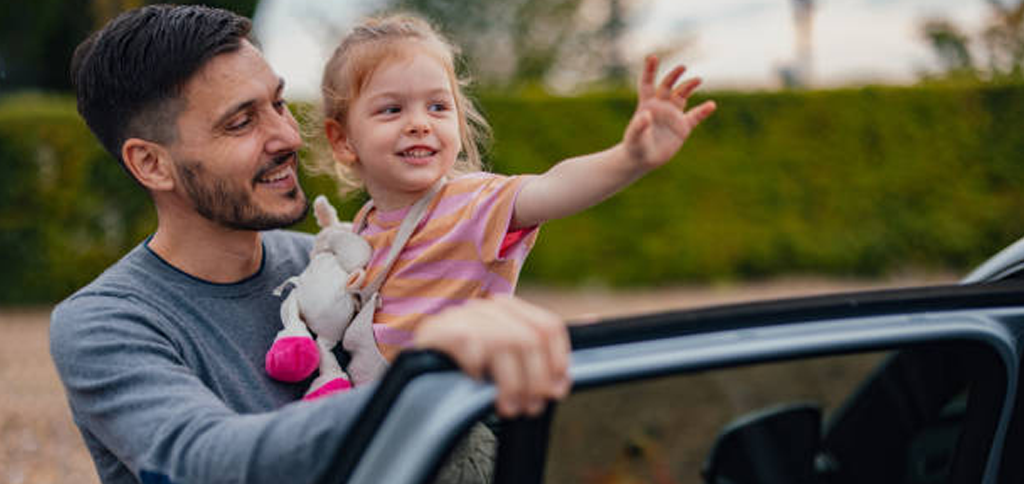
First day of daycare infants
The daycare transition for infants has its unique challenges. Unlike toddlers, infants can’t verbalize their feelings—but they still experience stress, change, and separation intensely. The key is to build predictability through sensory cues and emotional consistency.
Pack items that smell like home: a burp cloth with mom’s scent or a blanket used during feeding. These familiar sensory items provide comfort throughout the day. Try to nurse or bottle-feed your baby at drop-off if possible; this helps create a soothing bridge between home and care.
Talk with the caregivers about your baby’s signals, feeding routines, and sleep preferences. The more informed the staff is, the more effectively they can replicate home-like care—and help the infant feel secure, seen, and understood.
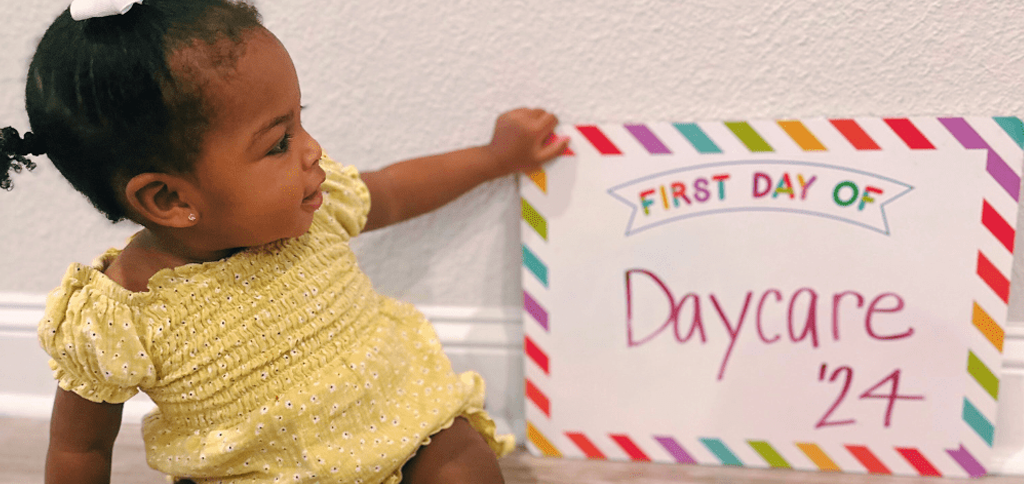
Loveys and washcloths are your friends
Transitional objects like soft blankets, small stuffed animals, or even a parent’s worn t-shirt are potent tools for emotional comfort. Often referred to as “loveys,” these items serve as a tangible reminder of home and caregiver attachment.
For younger children, even a clean, familiar-smelling washcloth from home can become a powerful anchor in a new setting. These items help children regulate their emotions and offer a sense of stability during moments of stress or fatigue.
Make sure your child’s lovey is allowed at daycare and label it clearly. Some centers even encourage children to keep it nearby during naps or transitions. In early childhood development, these small details often have a significant emotional impact.

Receive a free catalog and custom layout to help you design your ideal classroom easily.
Go The Extra Mile
One powerful way to do this is to create a personal “About Me” page to share with the teachers. Include your child’s favorite songs, nicknames, foods, routines, and calming techniques. The more context teachers have, the better they can connect with and comfort your child, especially in the first few days.
You can also prepare a “first-day bag” with extra socks, a familiar snack (if allowed), and a printed family photo. These little things signal to your child that this space is not foreign or threatening—it’s connected to home. A few extra minutes preparing in this way can ease tears, reduce confusion, and strengthen emotional security during the early weeks of daycare.
Eye Contact Is Powerful
In the rush of morning routines and drop-offs, we often underestimate the power of basic human connection—like eye contact. During the daycare transition, making clear and confident eye contact with your child is a subtle but impactful way to build trust and reassurance.
When you make eye contact while saying goodbye, you affirm your presence and your confidence in the situation. You’re showing your child, “I see you, I believe in you, and I trust this space.” This type of nonverbal communication is beneficial for children who are preverbal or have language delays.
It’s not just about what you say—it’s about how you look at your child when you say it. Avoid looking rushed or distracted. Crouch down to their eye level, give them your full attention for those few moments, and speak with warmth and clarity. That single, steady moment of connection can offer a sense of calm that carries through their entire morning.
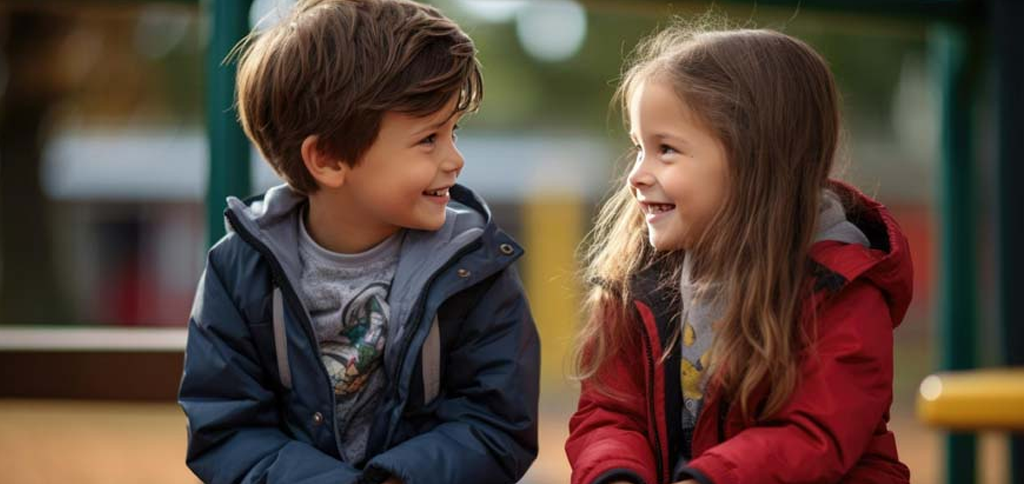
Special Welcome Gift
Offering your child a small, meaningful welcome gift on their first day can make the daycare transition feel exciting rather than scary. This doesn’t mean spoiling them with expensive toys. It can be something symbolic and straightforward that acknowledges this milestone.
Think of a “first day” bracelet, a hand-drawn note in their lunchbox, or even a new pair of shoes they can associate with growing up. If the daycare allows, you can also bring in a little gift for the classroom—a book for the reading area or a plant for the window. This makes the child feel like they’re not just entering a new place but contributing to it.
A welcome gift helps reframe the narrative: this isn’t a separation from home—it’s a step toward growth. The gift becomes a token of confidence and encouragement and gives children something tangible to hold onto during moments of uncertainty.
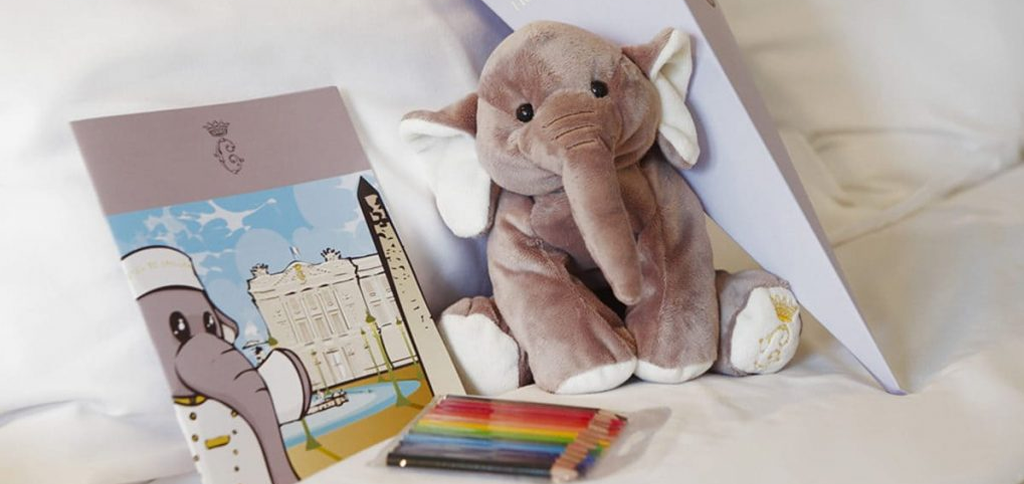
Do A First Day of Daycare Craft
Doing a craft project with your child before the first day of daycare can serve several vital purposes in easing the daycare transition. It gives your child an opportunity to express feelings, process the change, and feel more in control of what’s coming.
You could create a simple visual schedule together that outlines the daycare day—breakfast, playtime, circle time, lunch, nap, and pick-up. Visuals help children prepare mentally for transitions. Alternatively, you could make a small “family heart” craft—a felt or paper heart your child can carry with them to feel connected to home throughout the day.
Another idea is a joint art piece, like a decorated folder or a small drawing for their cubby at daycare. When they see it in the new space, it reminds them that they were part of preparing for this moment. Crafting together provides emotional bonding and turns a potentially fearful situation into a shared experience full of warmth and creativity.

Receive a free catalog and custom layout to help you design your ideal classroom easily.
Preguntas frecuentes
1. How long does a typical daycare transition take?
The length of a daycare transition varies by child, but most children need 1 to 2 weeks to adjust fully. A gradual start—beginning with short visits and building up to full days—can make the transition smoother. Some infants may adapt more quickly, while toddlers or sensitive children may need additional time and emotional support.
2. Should I stay with my child during the first few days of daycare?
Yes, if your daycare center allows it, staying for part of the first few visits can ease separation anxiety. It gives your child time to explore the new space with you nearby. Just be sure to establish a clear and consistent goodbye routine eventually so your child knows when and how you’ll leave.
3. What should I pack for my child to make the daycare transition easier?
Pack comfort items like a soft lovey, a small blanket, or a family photo. Also include extra clothes, labeled bottles or snacks (if allowed), and anything that helps replicate the home routine. These familiar items can offer emotional reassurance throughout the day, especially during nap time or moments of stress.
4. Is it normal for my child to cry at drop-off?
Yes, crying during drop-off is a regular part of the daycare transition, especially in the first week. What’s important is how consistently you handle those moments. A brief, calm, and confident goodbye—with eye contact and a loving phrase—helps your child build trust that you’ll always return.
5. What can I do at home to support the daycare transition?
Begin by adjusting your home schedule to match daycare routines (wake times, meals, naps). Talk positively about daycare, read books on the topic, and practice short separations at home. Doing a craft or preparing a small welcome gift together can also help your child feel emotionally involved in the process.
6. How can I tell if the daycare transition is going well?
Signs of a healthy transition include reduced crying during drop-offs, showing interest in teachers or peers, eating and sleeping well at daycare, and being calm during pick-up. If your child remains extremely distressed after 2–3 weeks, it may help to meet with the caregivers to discuss adjustments or additional support.
Conclusión
The daycare transition is one of the most emotionally significant and developmentally important experiences in early childhood. It marks a child’s first real step away from home and into a structured social world, and how we approach this moment can shape their long-term relationship with learning, independence, and trust in others. A smooth, respectful transition not only helps children adjust emotionally—it also supports their cognitive growth, social development, and confidence in navigating unfamiliar spaces.
The daycare transition may be challenging, but it is also an opportunity—a chance to show your child that change can be safe, new spaces can be joyful, and growth can happen with support. And when done thoughtfully, that transition becomes a beautiful first chapter in their educational journey.

